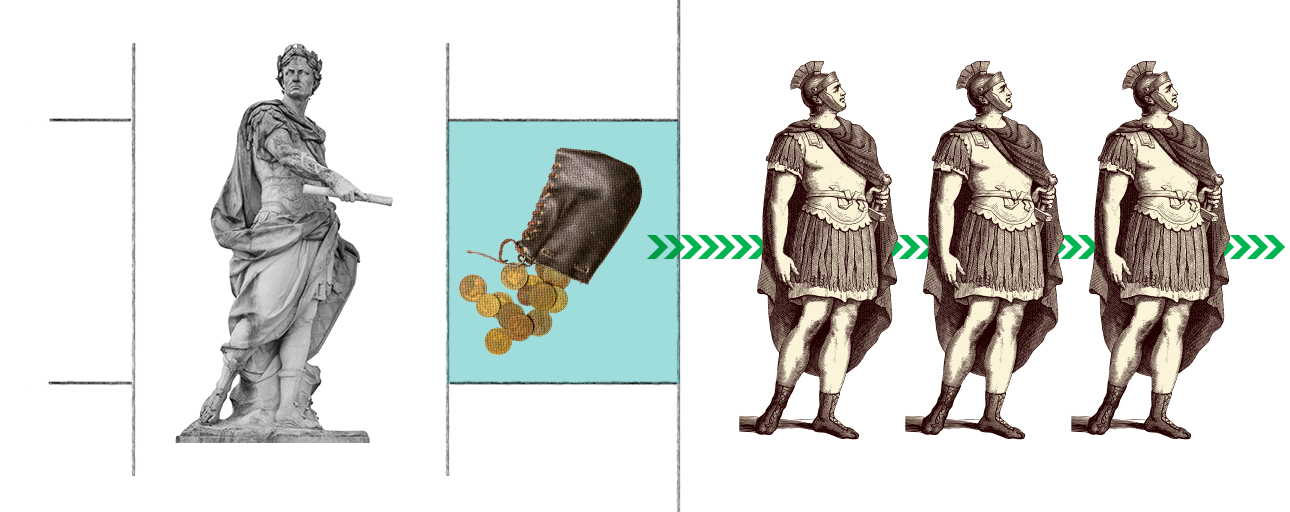Do you feel like you’ve had some long job searches? People have been looking for work since the beginning of recorded history! Filling job openings has been an activity since assigned professions became part of human culture. In 17th-century B.C., the Babylonian Code of Hammurabi addressed apprenticeship, while written records from 55 B.C. show that Julius Caesar signed a decree offering a generous bonus to any soldier who brought another into the army.
People have always had jobs, but did you ever wonder when recruiting became its own profession? One of the earliest-known instances was in 1650 when Henry Robinson proposed an Office of Addresses and Encounters, which would link employers to workers. His proposal was rejected when he presented it to British Parliament, but he forged ahead and started the employment agency on his own. Robinson’s operation didn’t last long, but time would eventually demonstrate the value of his vision.

The science of screening
The idea of screening candidates is more recent. In the early 20th century, Thomas Edison developed a series of 150-question exams he would administer to applicants to weed out those lacking what he considered essential knowledge. His tactics seemed eccentric to some and excessive to others, but they are early examples of what we consider to be the modern job interview.
According to the people who endured these exams, they were notoriously broad in scope and extremely hard to pass. Do you know who Henry Bessemer was? How about King Leonidas? What is the elemental composition of brass? Don’t worry — it seems that 93% of Edison’s applicants didn’t, either.

Hiring in the information age
Employing technology in the hiring process took off at the end of the 20th century. The Monster job board was started in 1994, offering a user-friendly interface directly connecting job hunters with employers. In that same year, CareerBuilder, then known as Netstart, offered software-enabling, forward-thinking employers to post open positions on their website instead of in the classifieds.
Today, Monster is no longer the only game in town, as platforms like LinkedIn, Indeed and Glassdoor have helped create a career-focused segment of the digital landscape no professional can ignore.
Innovation continues
With easier access to career-oriented web platforms, employers now had the ability to reach significantly more job hunters, and innovations like e-mail and web-based job applications made it easier for everyone in the labor pool to search for suitable positions and submit themselves as candidates. Continued innovation now provides recruiters and companies with powerful analytics enabling unparalleled efficiency and insight into the hiring process.
These software programs, known as applicant tracking systems, continue to transform how HR professionals perform the time-honored task of finding the right person to get the job done. In the past, top talent could be overlooked or snatched up by competitors while waiting for recruiters to work through inefficient manual processes.
By offering both automation of routine tasks and data-driven analysis of job applicants, tools like Paycom’s Applicant Tracking and Enhanced Background Checks® allow employers to make their hiring decisions with greater speed, insight and effectiveness than ever before.
The HR profession never sleeps, and future innovation is guaranteed. If you’d like to see what’s on the horizon for acquiring talent through HR tech, schedule a personalized demo today!
